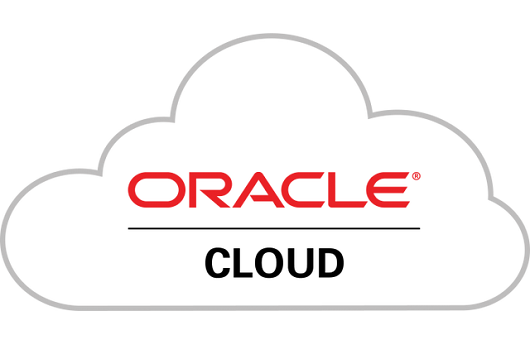
Oracle Integration Cloud helps connect any application and data source, to automate end-to-end processes and centralize management. It contains a broad array of integrations, with prebuilt adapters and low-code customization, and simplifies migration to the cloud while streamlining multicloud operations.
Contribution
Seamless connection for digital transformation
Utilize the Oracle Digital Assistant Web Software Development Kit (SDK) for
innovative new ways to interact directly with business applications. Make
customer and employee interactions more productive with packaged ERP, HCM, and
CX connectivity and automation services.
Oracle Integration offers native access to events in Oracle ERP, HCM, and CX
SaaS to help accelerate revenue and minimize business disruptions associated
with polling and other traditional methods.
Ensure rapid and compliant response to exceptions with cloud-to on-premises
connectivity for smart contracts, tokenization, and data authentication.
Visual app builder for web and mobile apps
Iterate digital innovations faster with an integrated, intuitive, design
experience thats the code and the target user interface side by side.
Reduce new app delivery time, from months to minutes with easy version control
and push-button releases that are independent from application upgrades.
Only Oracle Visual Builder offers a built-in service catalog of Oracle SaaS APIs
and integrations with seamless single sign-on (SSO) for extensions. This helps
enable a focus on innovation, instead of technical issues.
Developers iterate on design ideas faster by selecting pre-built processes,
surfacing data as business objects, and changing the resulting code as needed.
Data mapping with recommendations
Ensure reduced delivery time by up to 60% on projects, with data-mapping
recommendations to connect applications and processes based on community usage.
AI and machine learning (ML)-powered data mapping recommendations help save both
development, test, and validation time by utilizing proven best practices.
Advantages
Migrate and integrate data faster
Provide employees the intelligence they need to expand on opportunities and
mitigate issues by bridging app-specific analytic silos for end-to-end ERP, HCM,
and CX processes that span multiple applications.
Visually define operational business metrics with an intuitive drag-and-drop
experience. Change the underlying technical implementation without disrupting
key performance indicators (KPIs).
Avoid costly delays and business failures with early warnings and actionable
insights from real-time progress trackers.
Limit employee training and avoid upgrade headaches by placing intuitive
dashboards directly in business applications for a seamless user experience.
Cloud and on-premiss functions
Simplify workflows and approvals across applications with visual design and
pre-built templates for orchestrating end-to-end ERP, HCM, and CX processes such
as procure-to-pay and recruit-to-hire.
Reduce training costs by delivering customer-specific capabilities and improving
usability with embedded extensions that do not break with application updates.
Accelerate phased application modernization programs by reducing time to deliver
cloud-to-cloud and cloud-to on-premises integrations by up to 10X with pre-built
examples.
Build digital workforce capacity over time by orchestrating human, digital
assistant, and robotic process automation (RPA) activities across applications
independent of the underlying implementation details.
Speed up approvals across applications with visual process automation from
Oracle Integration that detects and dynamically escalates exceptions to
available and authorized employees.
Prebuilt intergrations and adapters
Only Oracle Integration offers native access to events in Oracle Cloud ERP, HCM,
and CX with industry-leading connectivity for any SaaS and on-premises
applications. This real-time access minimizes business disruptions by
eliminating synchronization errors and delays associated with polling and other
traditional methods.
Advance phased modernization and digital transformation initiatives with
packaged best practices for application integration, which help to limit errors
by orchestrating low-level technical application programming interfaces (APIs).
Oracle Integration helps limit training time and accelerate the end-to-end
process automation with pre-built, configuration-based integrations that are
directly embedded in select Oracle SaaS applications.
Usage
Service model
Oracle integration cloud runs on the SaaS model, which means the instance is hosted by oracle.
Within the instance you can then create connections to your different systems. Once connections have been created, you can then create different integrations that transfer data between specific systems.
Oracle integration cloud also includes the ability to make use of local agents, these agents can be installed on local machines that are under more strict security measures in order to send or receive data to and from OIC.
Within the instance you can then create connections to your different systems. Once connections have been created, you can then create different integrations that transfer data between specific systems.
Oracle integration cloud also includes the ability to make use of local agents, these agents can be installed on local machines that are under more strict security measures in order to send or receive data to and from OIC.
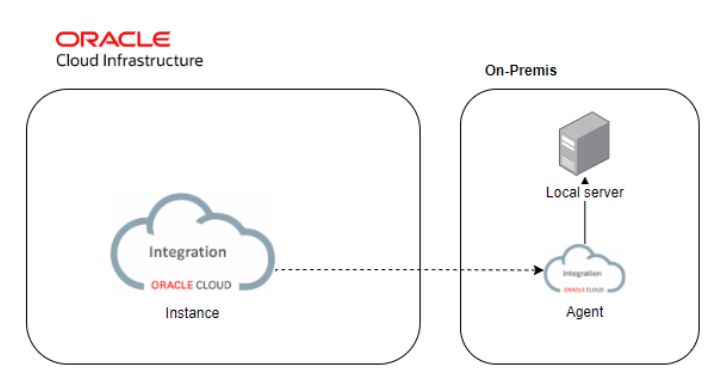
Adapters
Describe the adapters within OIC and their use OIC offers many different adapters to help empower integration and business needs, some of which are for oracle own systems as well as for third party systems such as Outlook, MSSQL, Facebook and many more. For a full list of adapters, click here.
For systems that does not include an adapter within OIC, there are built in API adapters such as REST and SOAP to make use of.
For systems that does not include an adapter within OIC, there are built in API adapters such as REST and SOAP to make use of.
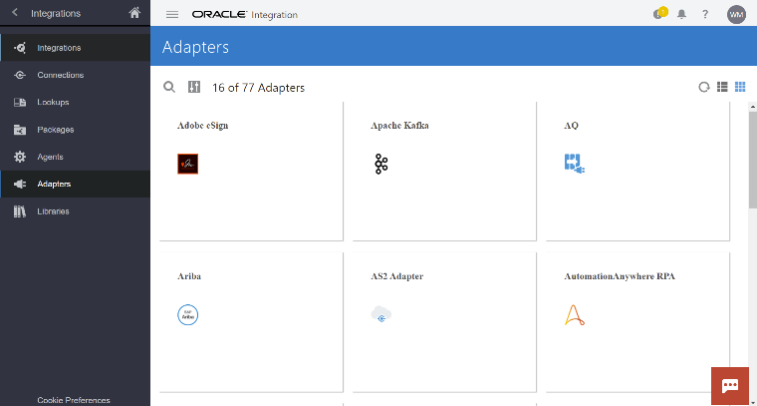
Connection designer
When creating a connection, we enter the connection designer. This designer lets you fill in information regarding the connection that is being made.
This depends on what adapter is chosen for this connection, in the case of a REST API adapter connection the following information will be presented within the designer:
As can be seen in the pictures above the designer ask for connection properties and the security protocol to use along with the needed information to authenticate itself when used. You may also appoint an agent group to the connection if that is needed.
As can be seen in the pictures above the designer ask for connection properties and the security protocol to use along with the needed information to authenticate itself when used. You may also appoint an agent group to the connection if that is needed.
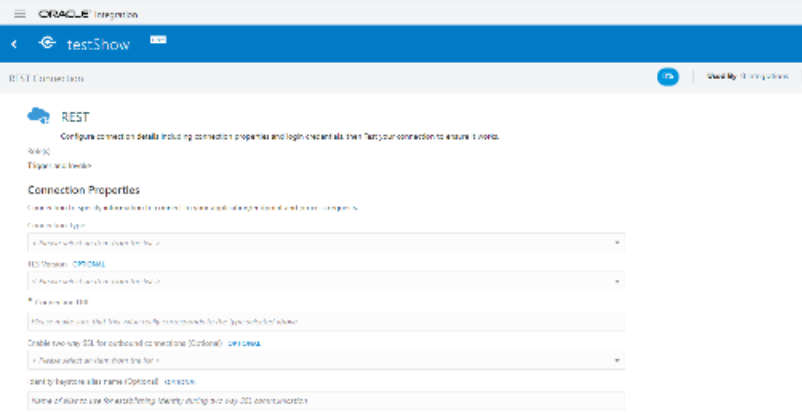
Integration designer
The integration designer is where integrations between systems are created. The current types most used for this purpose is two different styles of integration. The first style is app driven orchestration, and the second style is scheduled orchestration.
The style much like the flow of the integration needs to fit to the business needs and the integration designer makes this easy as there is no need to understand any code when building an integration.
The style much like the flow of the integration needs to fit to the business needs and the integration designer makes this easy as there is no need to understand any code when building an integration.
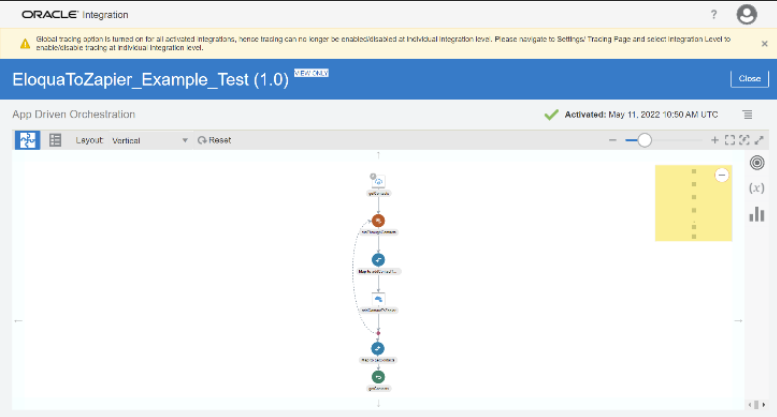
Monitoring/Reporting
Oracle integration cloud comes with monitoring of the system built-in, as well as the possibility of error handling within an individual integration.
A few simple reports are also able to be set, to be sent to a list of emails within the interface. This can be set to send a daily overview of integrations alongside with a few other options.
A few simple reports are also able to be set, to be sent to a list of emails within the interface. This can be set to send a daily overview of integrations alongside with a few other options.
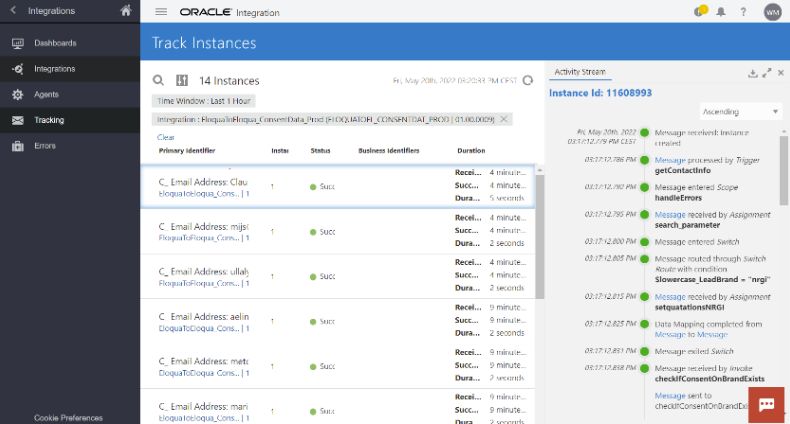
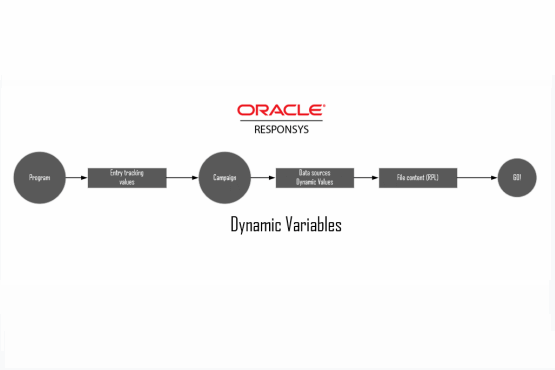
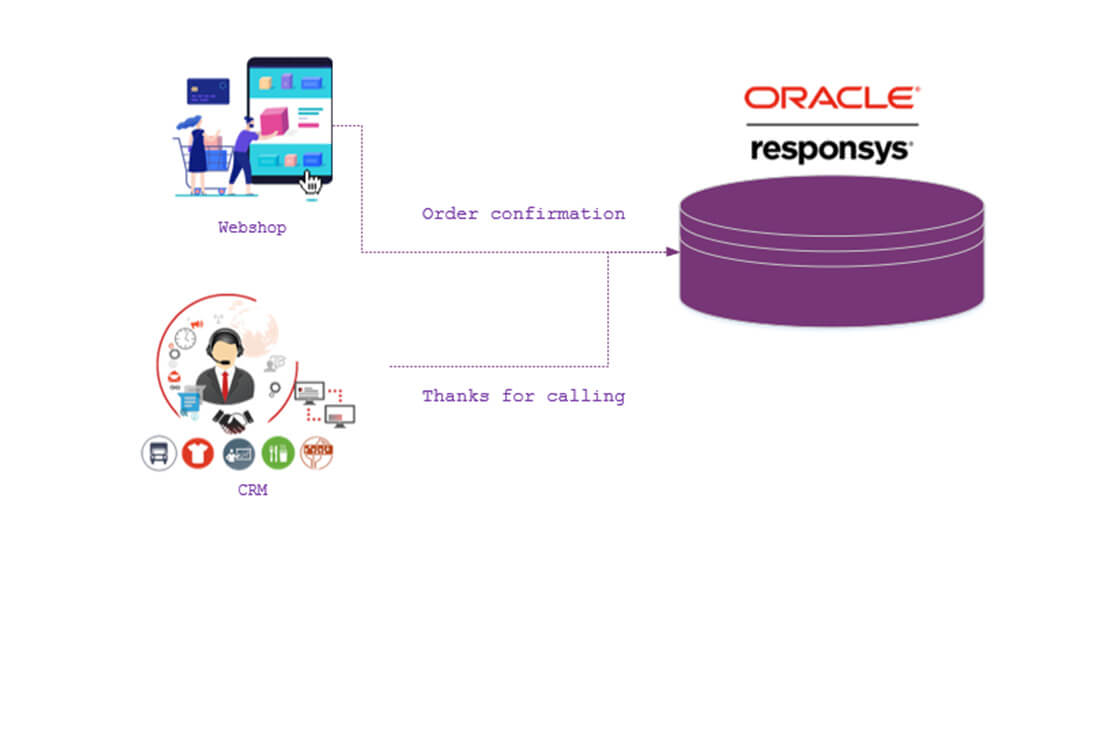
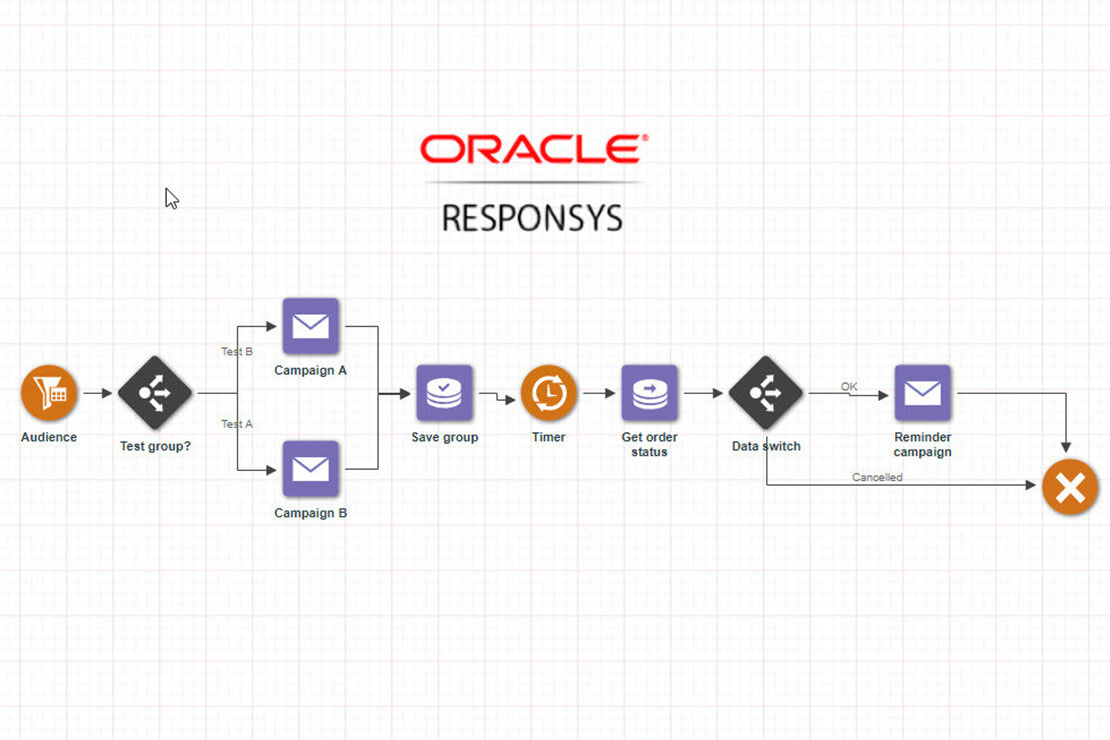
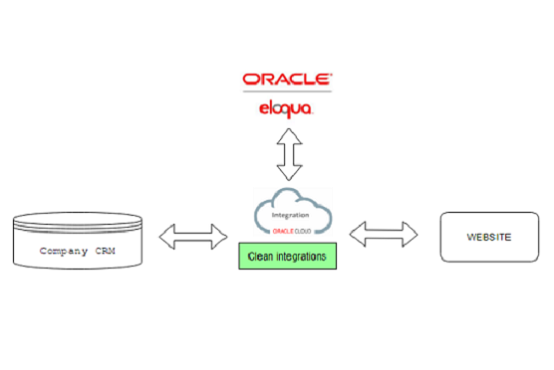
.png)